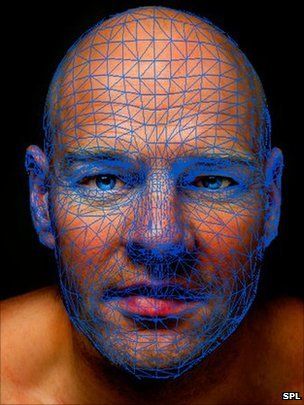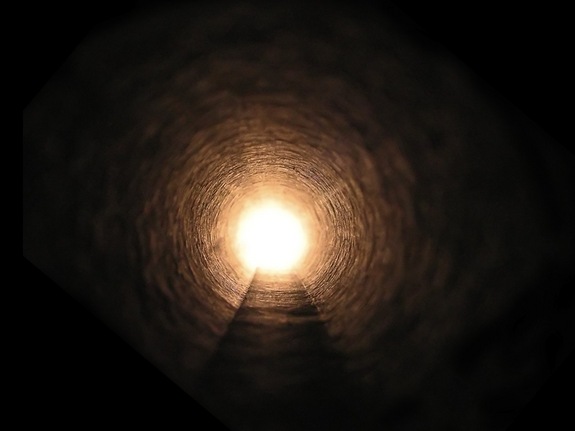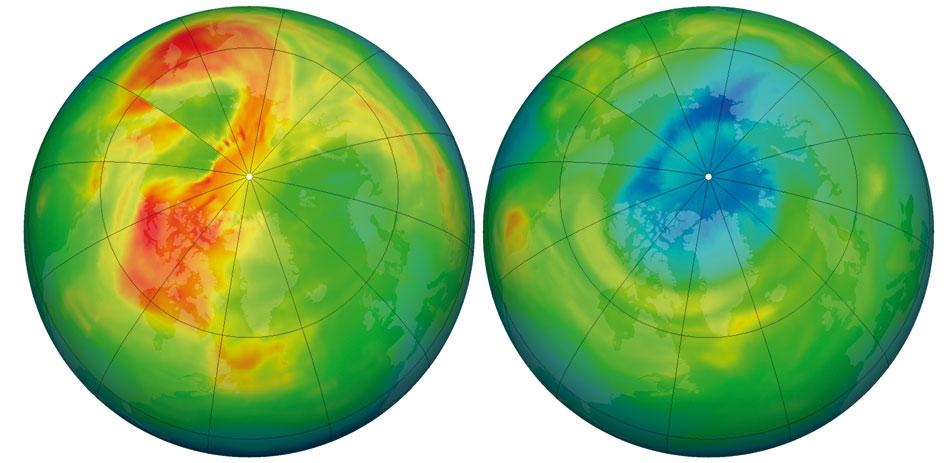
© DreamstimeLaughter comes in two main types, scientists found.
Laughing with friends releases feel-good brain chemicals, which also relieve pain, new research indicates. Until now, scientists haven't proven that like exercise and other activities, laughing causes a release of so-called endorphins.
"Very little research has been done into why we laugh and what role it
plays in society," study researcher Robin Dunbar, of the University of Oxford, said in a statement. "We think that it is the bonding effects of the endorphin rush that explain why laughter plays such an important role in our social lives."
Chuckle it upDunbar and colleagues thought our guffaws might turn on the brain's endorphins, a long debated, but unproven idea. These pain-relieving chemicals are created in response to exercise, excitement, pain, spicy food, love and sexual orgasm, among other things.
In addition to giving us a "buzz," these endorphins
raise our ability to ignore pain. So the researchers used the endorphins' pain relief to determine if laughter causes an endorphin release. They first tested participants for their pain threshold, then exposed them to either a control or a laugh-inducing test, and then tested pain levels again.
The tests included humorous videos (clips of the TV shows
Mr. Bean and
Friends) and a live comedy show during the Edinburgh Fringe Festival. Because laughter is such a social activity (it's 30 times more likely to happen in a social context than when alone), the participants were tested both in groups and alone.
The lab-based pain tests included wrapping a participant's arm in a frozen wine-cooling sleeve or a blood-pressure cuff. The pain tests were administered until the patient said they couldn't take it anymore. At the live shows, the researchers tested pain by having participants squat against a wall until they collapsed.






Comment: As effective as this 'emotion detector' may turn out to be, there is one group that will continue to spread lies without fear of detection.